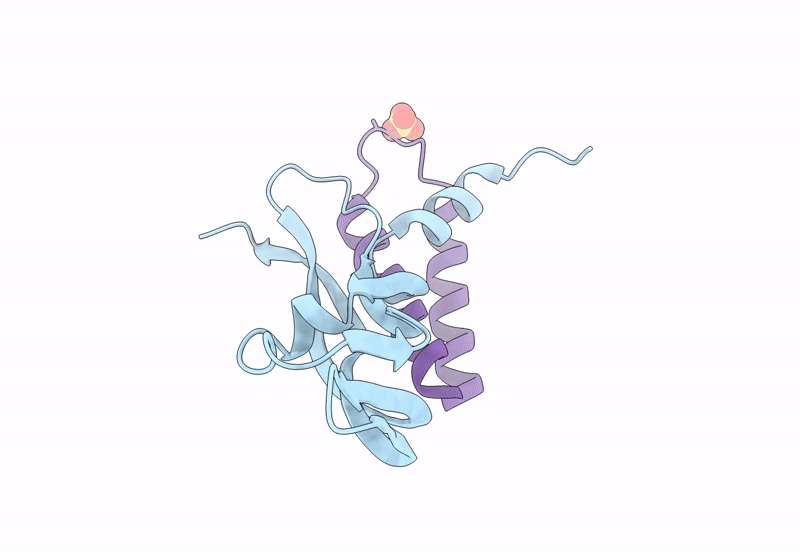
Deposition Date
2024-10-07
Release Date
2024-12-25
Last Version Date
2024-12-25
Entry Detail
PDB ID:
9JU1
Keywords:
Title:
Helix-loop-helix peptide (VS42-LR3) in complex with VEGF-A
Biological Source:
Source Organism:
Homo sapiens (Taxon ID: 9606)
synthetic construct (Taxon ID: 32630)
synthetic construct (Taxon ID: 32630)
Host Organism:
Method Details:
Experimental Method:
Resolution:
1.45 Å
R-Value Free:
0.24
R-Value Work:
0.21
Space Group:
P 65 2 2


